Like I wrote in another blog post here at AERIALIS Kites, I try always to include a session of practising pre-defined flight patterns when I go flying. That means intentional flying which will improve your overall flying skills.
Last weekend I had a few great hours on the beach with a vented quad kite, and as mentioned above, I spent some time repeating a few of these exercises.
90° turns and straight trajectories
In the first exercise I practice crisp 90° turns, straight vertical and horizontal trajectories and distinct stops. I place the kite on the ground, let’s say to the right of the wind window and from then it goes like…
- Up
- Stop
- Turn 90° left
- Fly a straight horizontal trajectory across the wind window
- Stop
- Turn 90° right
- Reverse down
- Land
You can add to the difficulty by stopping the kite half way across the wind window (in the centre) and to a 180° turn to the right and fly the rest of the horizontal line in reverse. When doing the 180° turn, the kite should rotate around its centre.
Pivot Ladder up
The next exercise is the Pivot Ladder Up. Start with the kite a few feet above the ground with its leading edge pointing to – let’s say – the left. Start by rotating the kite up and to the right 180°. The kite should pivot around its upper wingtip and after the rotation, what used to be the upper wing tip, should now be the lower one.
Repeat in the opposite direction and alternate the rotations right, left, right until you get to the top of the wind window.
Up Turn Down Turn Land
The third exercise is just like it says in the title above. You start with the kite on the ground. Then launch and fly straight upwards. At about 50% do a stop and a 180° turn. Now your kite should sit safely in an inverted hover. Fly straight down until you are about one kite width above the ground. Do another 180° turn (the opposite direction as the first 180° turn) and land directly.
Repeat until you nail it perfectly!
Squares and Rectangles
The title says it all. Do both clockwise and anti-clockwise (to untangle the lines) rectangles and squares and focus on straight trajectories, constant speed and crisp corners.
Bicycle Rotations and Clockwork
Both the bicycle and the clockwork are rotating your kite. The Bicycle ones are smoooth rotations with the constant speed with the kite rotating around its centre. …at least when done perfectly. The kite should rotate on the spot in the air.
A variation of this is the moving bicycle rotations. Then the kite is supposed to rotate whilst moving to the left (or to the right) across the wind window. Hard to nail, but practice makes perfect!
Another variation of the rotation is the Clockwork. The kite should still rotate around its centre, but the rotation should no longer be a smoooooth rotation in a constant speed. Now a complete rotation consists of four 90° turns done quickly.
Start by positioning your kite in an upright hover and decide if you’re going for a right or left rotation.
Then do a crisp 90° turn to the … let’s say left. Stop and immediately do another 90° crisp turn to the left. Stop and repeat, stop and repeat. Now you have completed one full rotation and you can go one over and over again.
Then switch to a rotation to the right and repeat until …. Well, as long as you like! 😎😉
Below you’ll find a video where you can see all of these exercises. Not all performed perfectly, but hopefully, we’ll enough for you to get the picture.



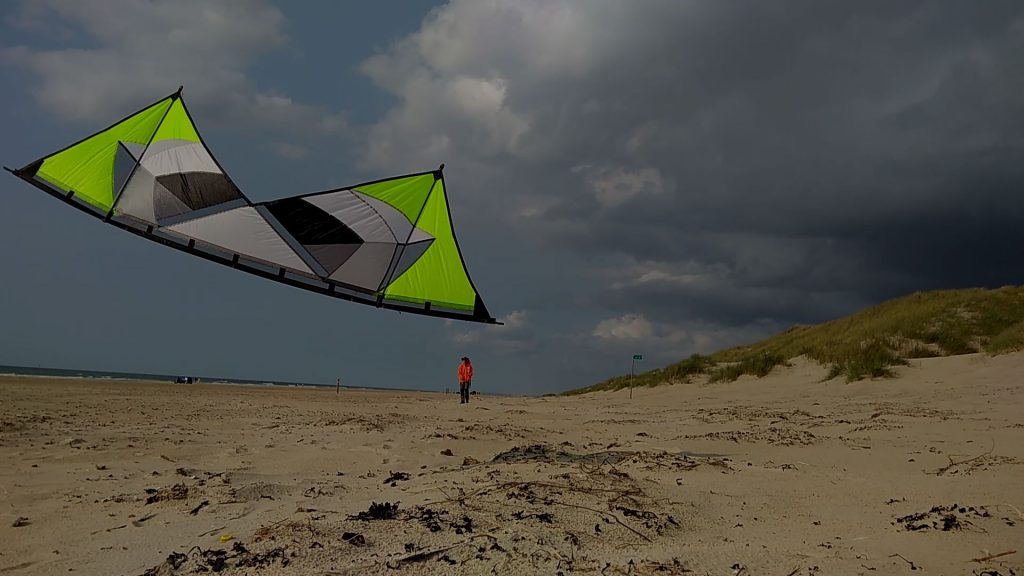
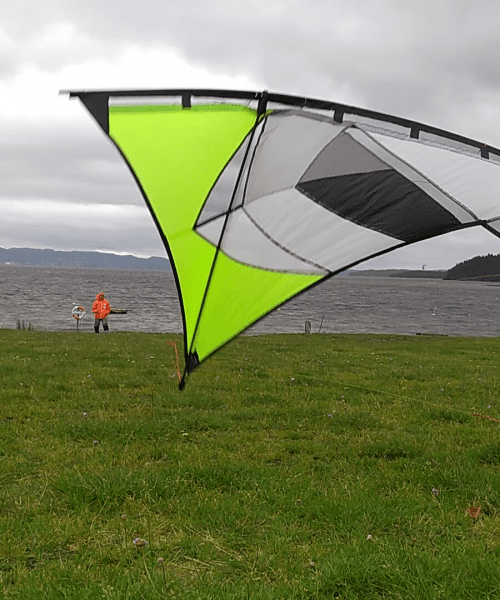
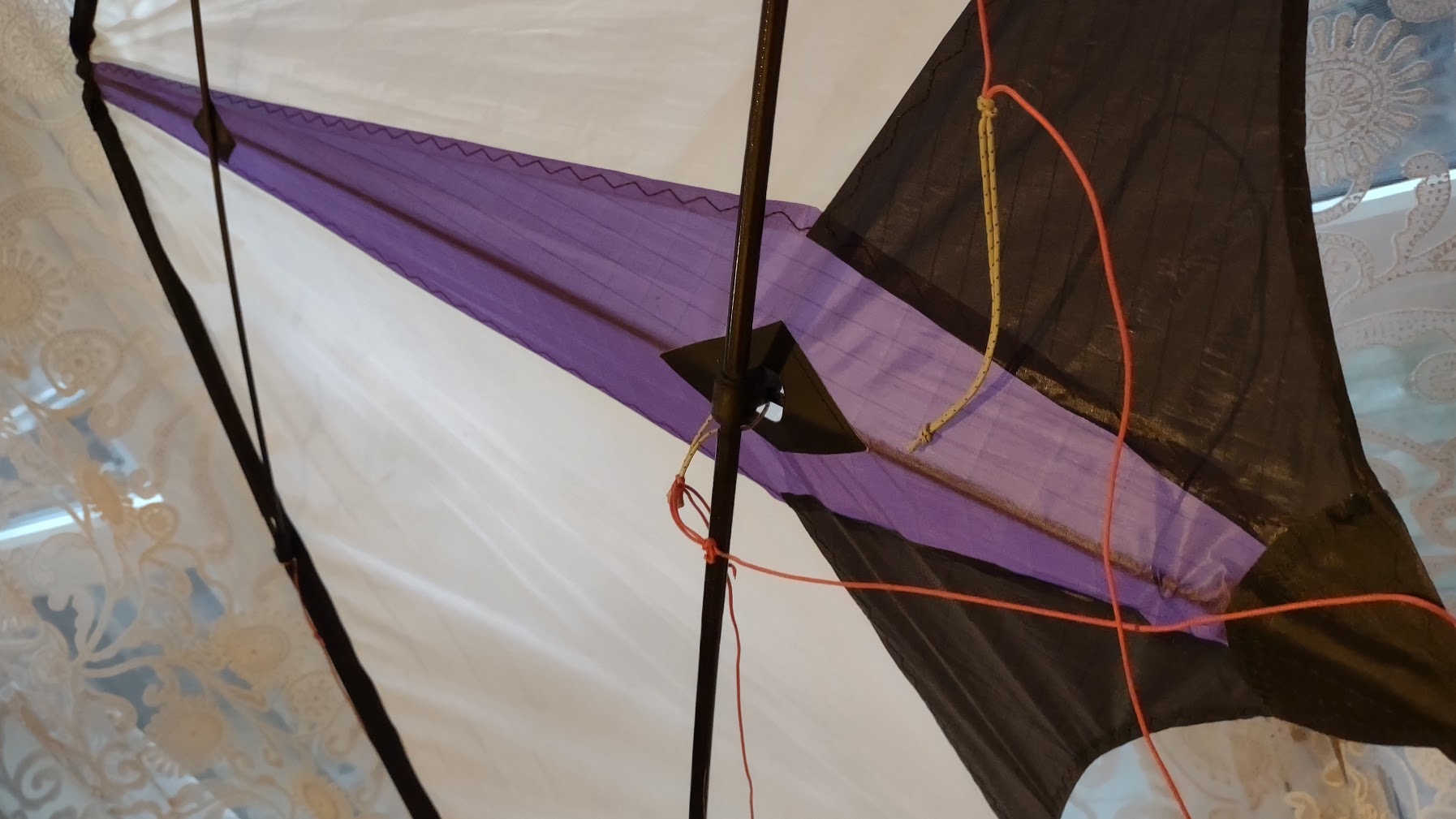

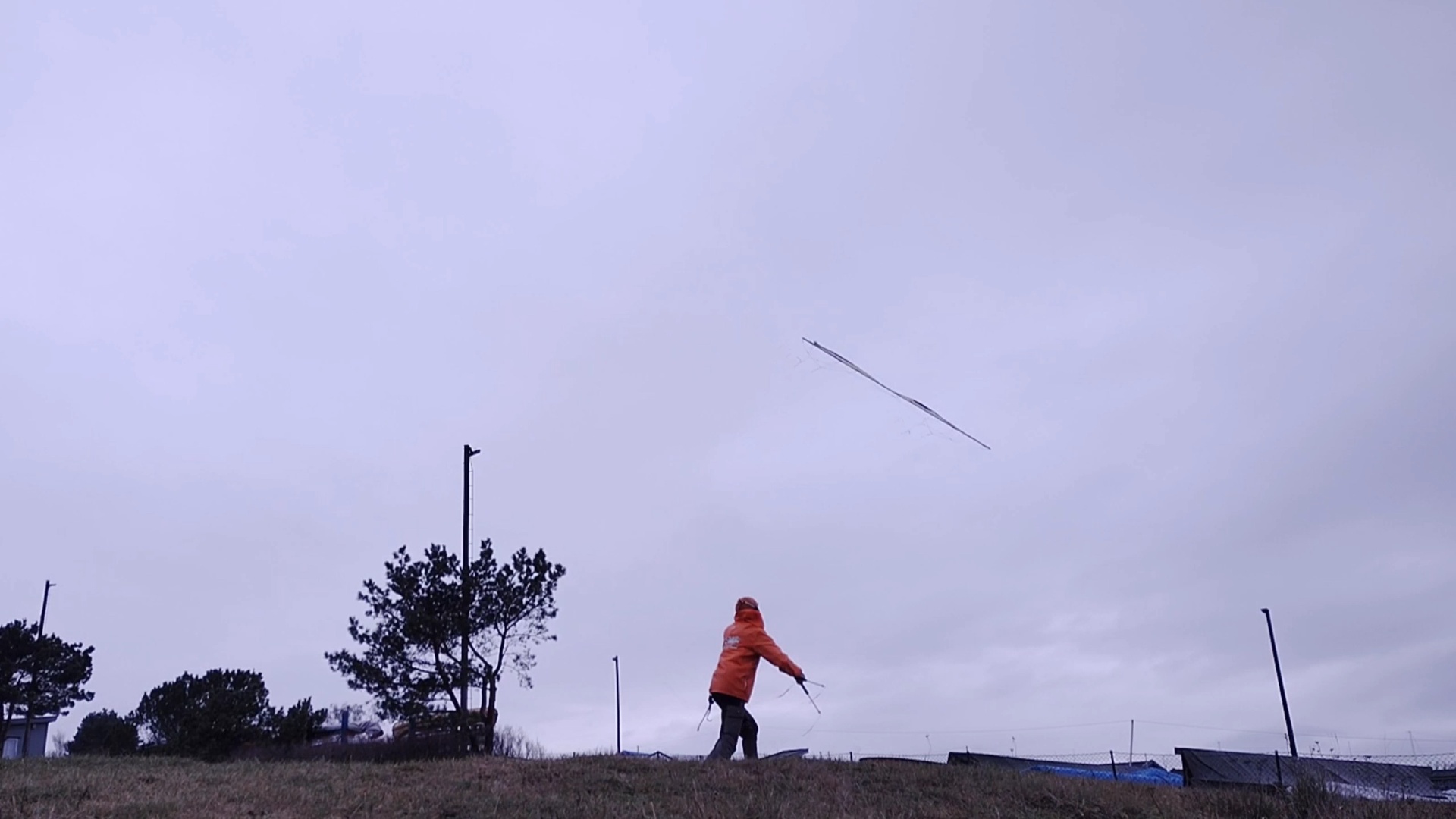
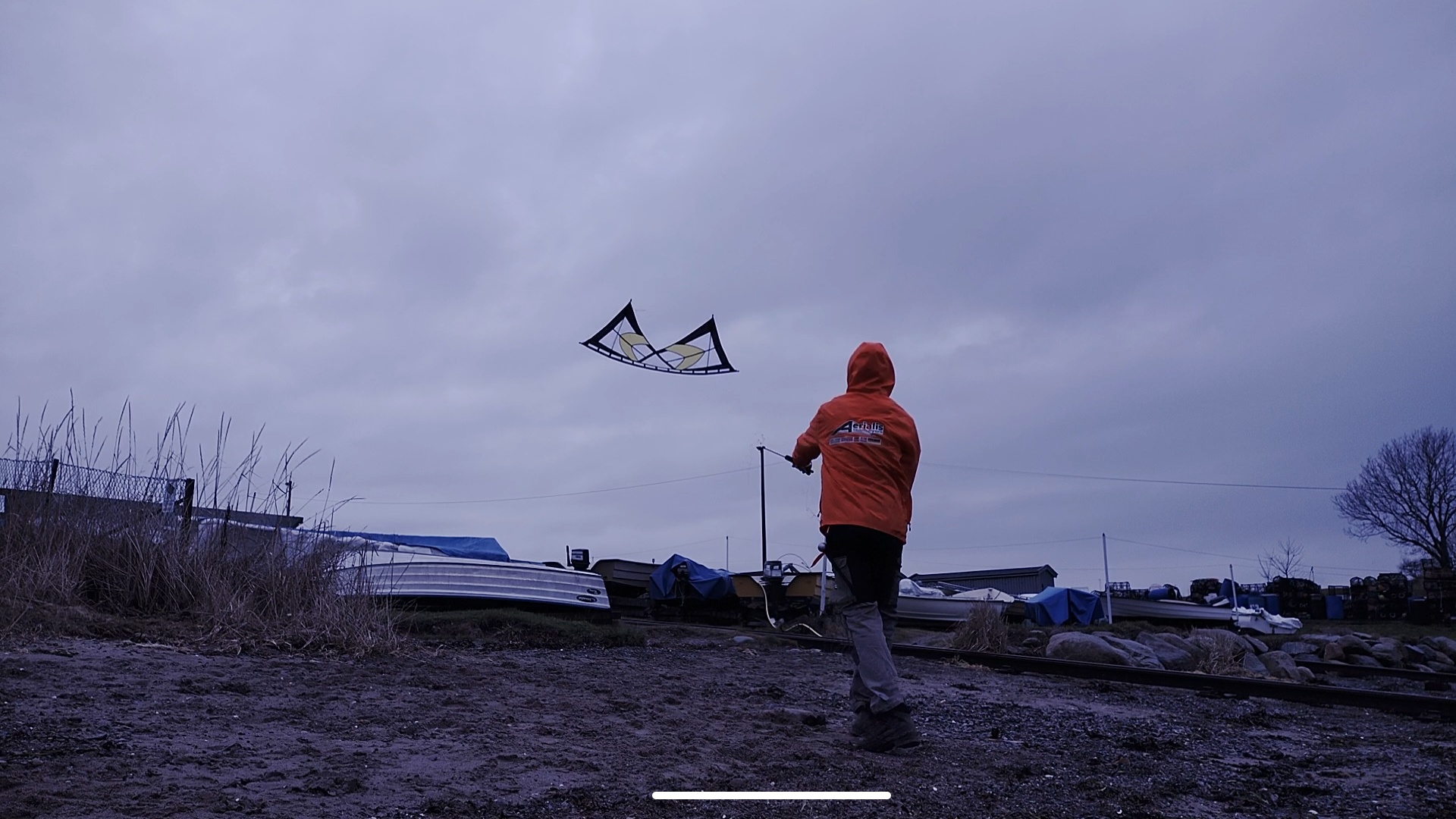
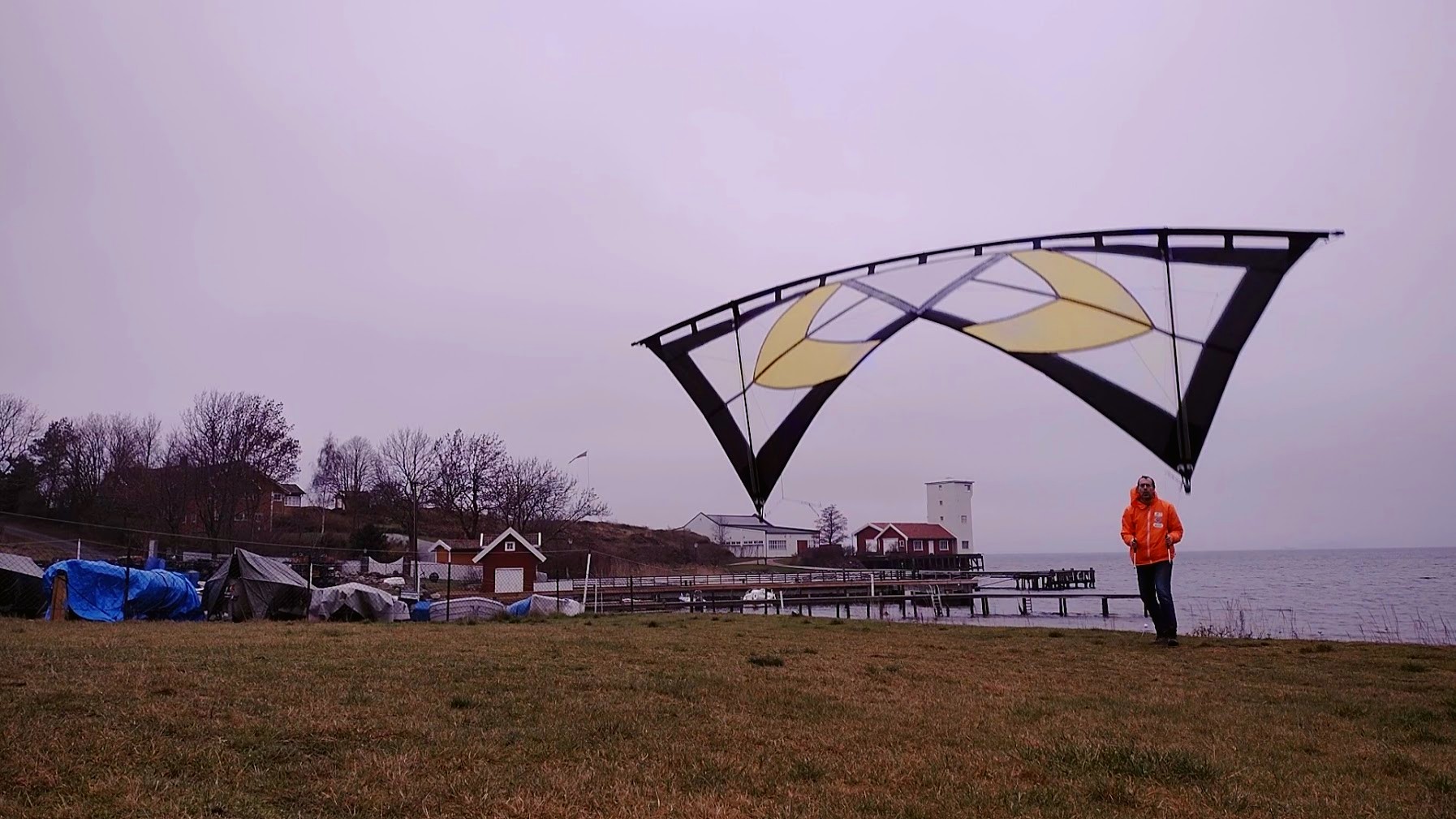
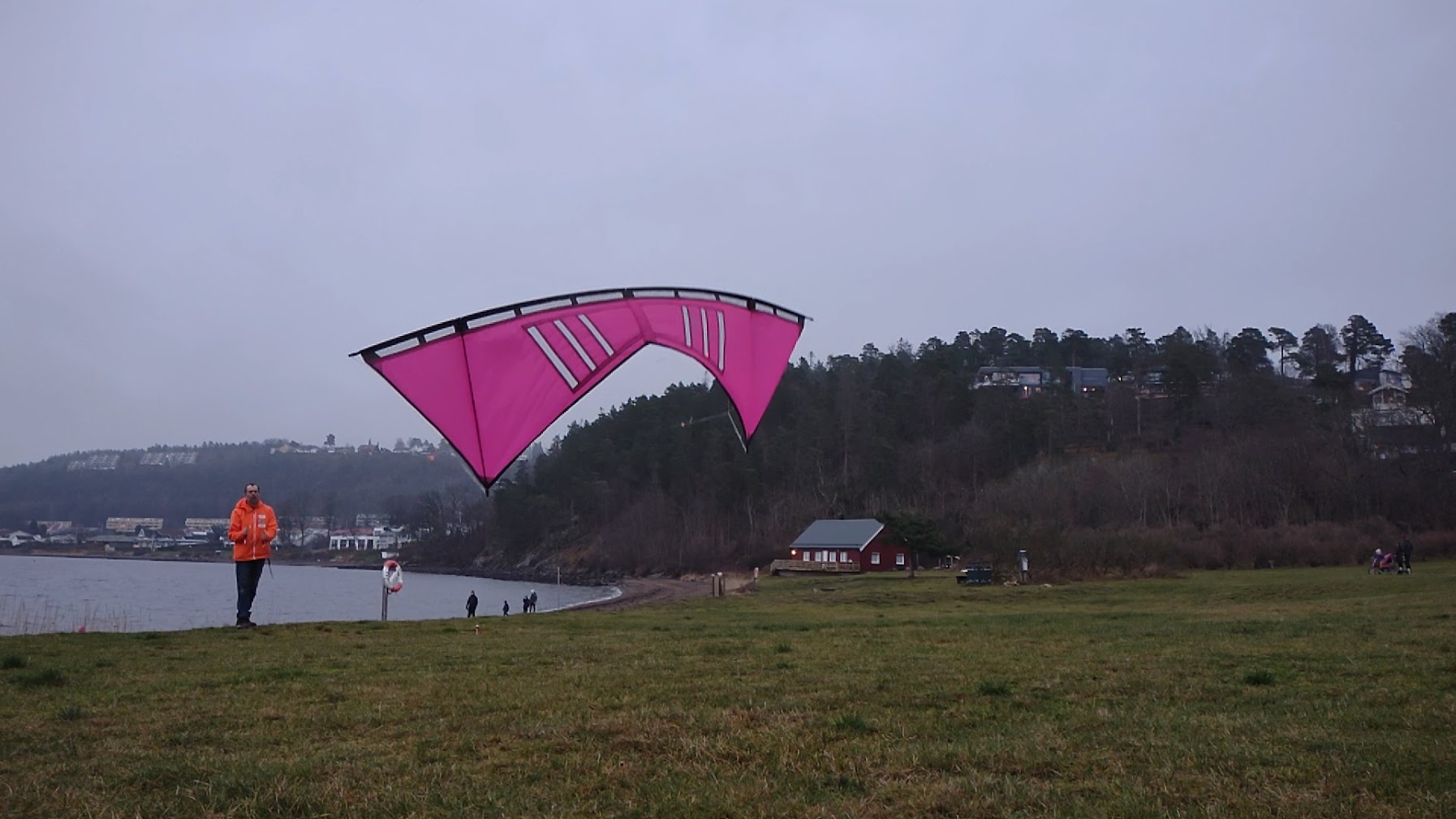






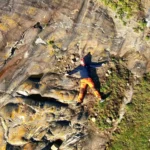
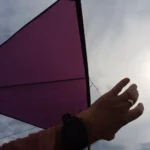


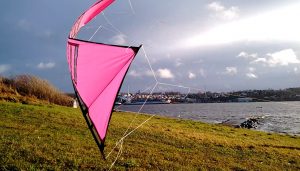
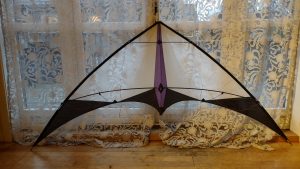
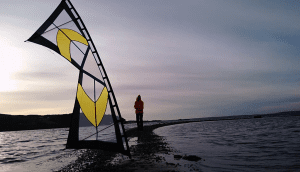
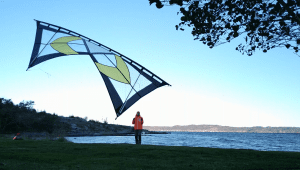
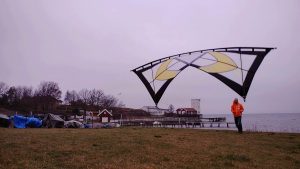
One Response
Very methodical oriented flying exercises. I’m sure this approach will be efficient! This is a long exercise list for “parallel improvement”.
I try (occasionally) to do the five repetitions, but quite often just want to do the next thing or often a variation of the previous move. I comfort myself with that I always (with very very few exceptions) know what I intend to do.* It is only that I most often (and I’m not proud of it) don’t reach the (pure) five repetition goal.
When I play tennis I try to include in every session an exercise where I only hit the ball (cleanly) without me using any (much) power and still make the ball go at an decent (high enough) speed. This is to find the essence of a backhand or a forehand (hit) and to find an (unobstructed/natural) reference feeling to use when hitting the ball harder. In the same way I now and then during kiting sessions I sacrifice some of the abrupt and sudden start/stops of any sort of rotation or straight path segment and focus on the feeling. For me lately the feeling has been much about the feeling/idea of the (flyable full length of the) sail (surface).
With the above paragraph as a background I encourage you to at least occasionally try to make less sudden arm/hand movements while achieving the same/similar result with the kite. If you use less force the central parts of the input to control the kite should be clearer. Perhaps you also could observe some new aspect of the move with this calmer execution of the move.
> Squares and Rectangles
When doing this exercise I like to also practice sail loading and almost exaggerate the speed of the straight segments of the rectangle. Do the speeding up by pulling on all four lines which causes the LE and sail to deform and speed the kite up without changing the angle of the handle. OK, the handle angle can be controlled during the dead stops. Try stopping both with and without angling the handle – you might find it sufficient just to extend your arms when making the stop.
When exiting the square 90 deg turn there are two ways (at least). You can exit the rotation by powering the sail and fly straight segment directly or you can do the turn like a 90 deg clockwork step, let it stop completely, hover (for a split second?) and then power up the sail to start the next straight segment. Always make the decision of which type of 90 deg turn (or whatever) you do *before* the turn (down to a second before, but always before). If a pilot don’t have a detailed plan for the move there is less of substance to convey to any possible audience.
> Bicycle Rotations and Clockwork …
As I’ve said before I find looking on the centre good when doing a bicycle rotation and at the wing tip when doing a wing tip pivot. Though lately I also started doing a competing shift of focus – stop thinking about the handles and pretend that I hold the left/right downspars directly with each hand. I’ll see what comes out of it.
I like to approach the move that should be learned from various angles – one might find new valuable insights. Therefore I recommend to also do the bicycle rotations slowly. This demands more accurate input to keep the centre fixed during the bicycle rotation. The requited input becomes more evident because it now becomes necessary for keeping the centre of the kite in the same place.
> Pivot Ladder up
Another thing I said before is that walking towards the kite step by step while doing the forward pivot ladder down makes it easier for me. The kite more or less falls down with one wing tip fixed in the sky while doing the 180deg rotation. However end the result is only good (I find) if you appreciate lifeless fish falling and tumbling down in slow-motion. Instead I now try to FLY the kite through the 180 deg downwards tip pivot instead of letting the kite just fall down. Thinking of it, when one do powered turns (which is one way of thinking of a tip pivot) one keeps the kite powered when turning in any direction (including down), one don’t just let it fall around a wing tip. Also skip the forward walking – you want the power to do the downwards powered turn/tip pivot (though my feet sometimes want to do the walking when “laddering down” out of habit).
> Repeat in the opposite direction and alternate the rotations right, left, right until you get to the top of the wind window.
As a variation: don’t alternate (yes this would mean that you turn backwards every second time). I have read that this is called a monkey – can anybody confirm? Horizontally or vertically, it doesn’t matter, it actually looks like the movement of a monkey using its arms swinging itself between the branches.
*More on the same theme (continued from the second paragraph): Always always whatever one do in general it can be improved. That wobble after a stop/turn could be reduced, that tip pivot (turn) could be even more focused to the tip, sharp powered turns sharper, the bicycle rotation could be smoother with the starts/stops more pronounced, figure flying forward speed could be more uniform (or purposely changed), any deviation (at each given instant) from what you intended (you do need to have an idea beforehand doing the move) can be minimised… Everything one do, every part of a session can be improved (with or without repetitions).